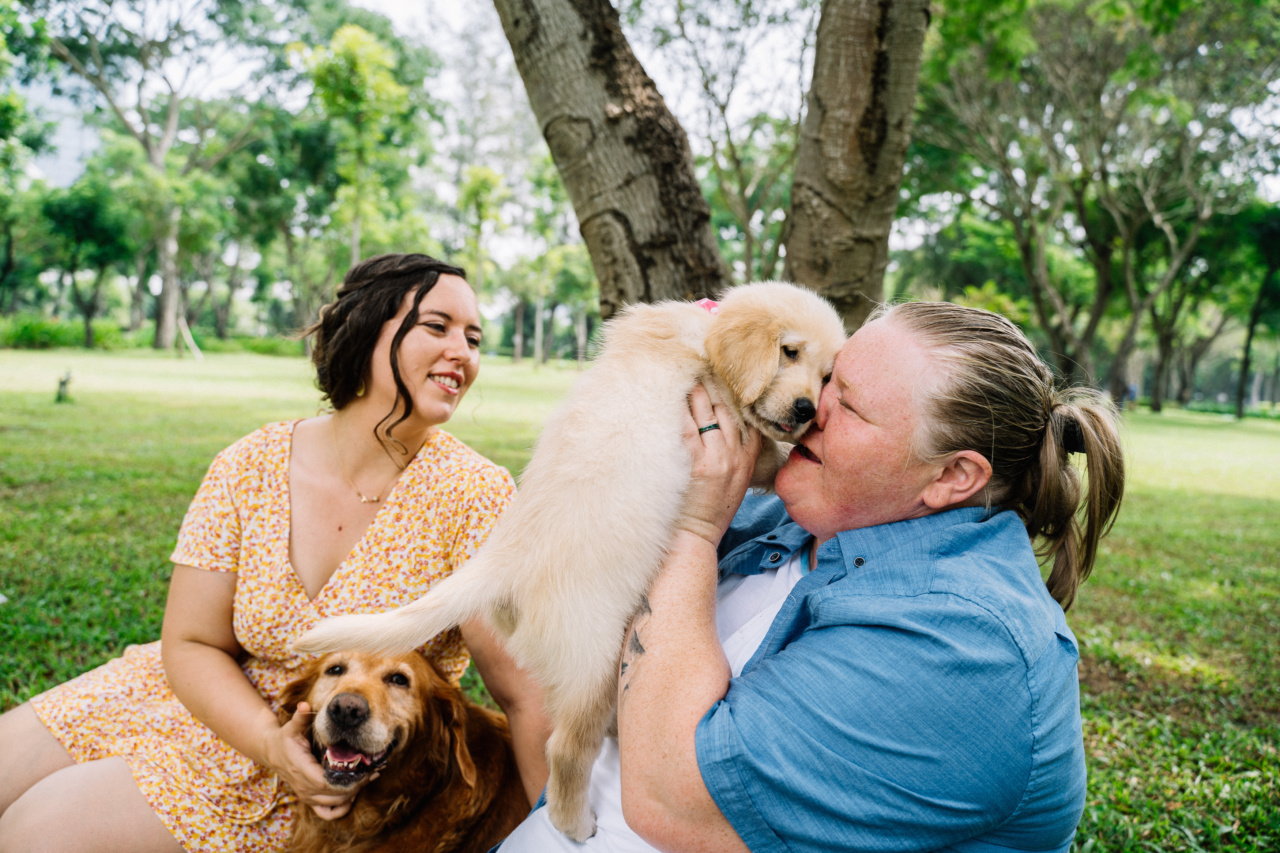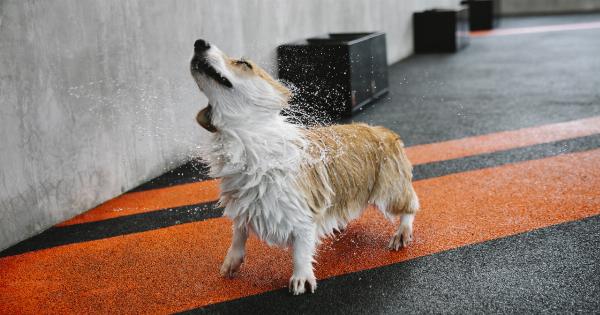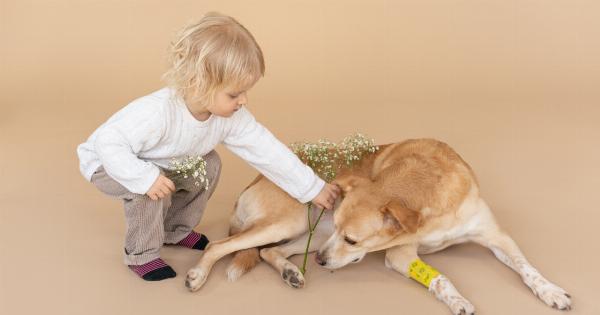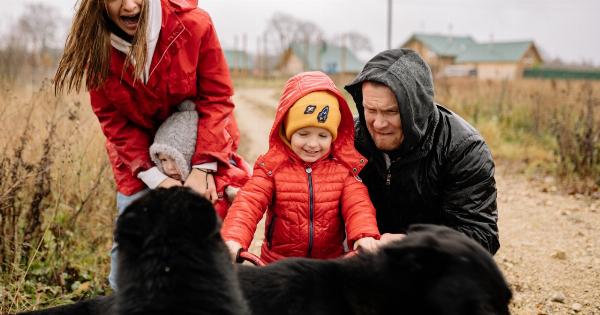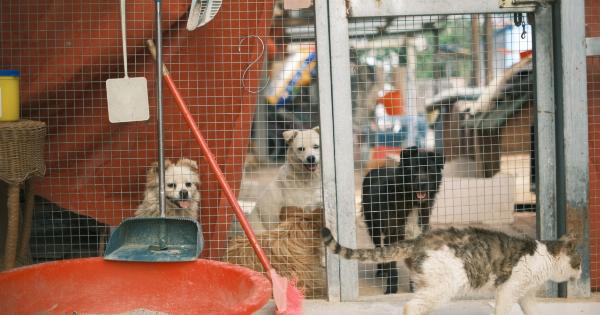Throughout history, dogs have played a crucial role in human civilization. From their early domestication to their current status as beloved companions, dogs have shaped our societies in numerous ways.
This article explores the profound impact dogs have had on civilization and how our relationship has evolved over time.
The Beginnings of Dog Domestication
The domestication of dogs is believed to have begun thousands of years ago, possibly as early as 20,000 years ago. The exact origins are still debated among scientists, but most agree that dogs descended from wolves.
Initially, dogs were used for practical purposes such as hunting and guarding. They provided early humans with an advantage in survival, as their keen senses and ability to work alongside humans enhanced hunting efforts.
Over time, humans and dogs developed a mutually beneficial relationship.
Dogs as Working Companions
As societies progressed and human civilizations formed, dogs continued to serve as indispensable working companions.
Different breeds were selectively bred for specific tasks, such as herding livestock, pulling sleds, or even tracking scents for search and rescue missions.
In ancient civilizations like Ancient Egypt, dogs were revered for their loyalty and intelligence. They were often depicted in artwork and were believed to have divine qualities.
In Ancient Rome, dogs were used in warfare and served as guards for important figures and properties.
Dogs in Religion and Mythology
Dogs have also held significant roles in various religions and mythologies throughout history. In Greek mythology, for example, the three-headed dog Cerberus guarded the gates of the Underworld.
In Norse mythology, the wolf-like creature Fenrir was feared for its immense power.
In many cultures, dogs were associated with protection, fertility, and loyalty. They were believed to have a spiritual connection with humans, and their presence was often seen as a sign of good fortune.
The Rise of Dog Breeding
The practice of dog breeding gradually began to take shape during the Middle Ages. Breeding programs were established with the goal of producing specific traits and characteristics in dogs.
This led to the emergence of various dog breeds, each with their own unique characteristics and purposes.
With the rise of dog shows and competitions in the 19th century, selective breeding became more prominent. Dog breeds were refined even further, resulting in the diverse range of breeds we see today.
Dogs as Companions and Family Members
As society progressed and technological advancements made life easier, the role of dogs gradually shifted towards companionship. During the Victorian era, dogs started to be kept primarily for their companionship and as status symbols.
In modern times, the bond between humans and dogs has reached new heights. Dogs are now considered beloved family members and are often treated with the same care and affection as human relatives.
The concept of the “family dog” has become deeply rooted in our culture.
Dogs in Therapy and Assistance
One of the most remarkable developments in the relationship between humans and dogs is their contribution to therapy and assistance.
Dogs have proven to be incredibly effective in providing emotional support and therapy for individuals with various physical and mental health conditions.
Service dogs are trained to assist individuals with disabilities, such as guide dogs for the visually impaired or hearing dogs for the deaf. Therapy dogs visit hospitals, schools, and nursing homes to provide comfort and companionship.
These roles showcase the remarkable intelligence and empathy dogs possess.
Dogs in Popular Culture
The impact of dogs on civilization can also be seen through their presence in popular culture. Dogs have been depicted in literature, art, films, and music for centuries. They often symbolize loyalty, companionship, and unconditional love.
From literary classics like “White Fang” and “Lassie” to animated favorites such as “Scooby-Doo” and “Lady and the Tramp,” dogs have captured the hearts and imaginations of people worldwide.
Their portrayal in popular culture further solidifies their place in human civilization.
Adapting to Changing Times
In recent years, dogs have continued to adapt to the changing needs and lifestyles of humans. With the rise of urban living and smaller living spaces, smaller dog breeds have become more popular.
Breeds like Pugs, French Bulldogs, and Chihuahuas are well-suited to apartment living.
Dog training and obedience classes have also become increasingly common. These classes help dog owners establish a strong bond with their pets while ensuring they are well-behaved members of society.
The Future of Dogs and Civilization
As we move forward, dogs will undoubtedly continue to play a significant role in civilization. Advances in technology may bring about new ways in which dogs can assist humans, such as in search and rescue operations or medical detection.
Furthermore, as our understanding of the emotional intelligence of dogs expands, we may witness an even deeper integration of dogs into our lives.
Their ability to provide emotional support and therapy may become more widely recognized and utilized in healthcare, education, and other settings.
In conclusion, the relationship between dogs and civilization has evolved significantly over time.
From their early domestication and working roles to their current status as cherished companions and helpers, dogs have left an indelible mark on human society. As we continue to adapt and progress, the bond between humans and dogs will remain strong and ever-evolving.
